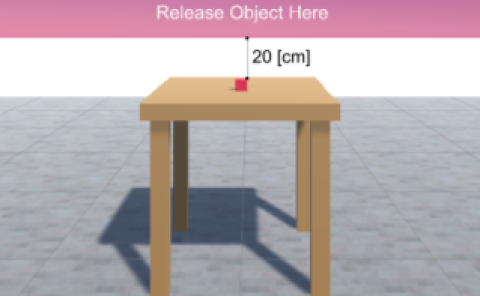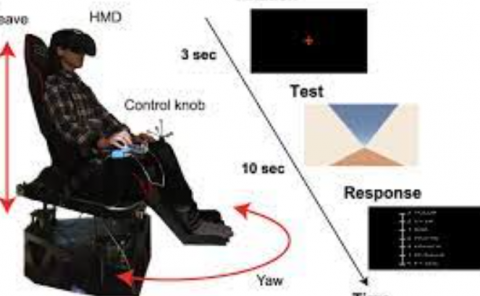Bodiless embodiment: A descriptive survey of avatar bodily coherence in first-wave consumer VR applications
PubDate: April 2017
Teams: University of Copenhagen
Writers: Dooley Murphy

Abstract
This preliminary study surveys whether/which avatar body parts are visible in first-wave consumer virtual reality (VR) applications for the HTC Vive (n = 200). A simple coding schema for assessing avatar bodily coherence (ABC) is piloted and evaluated. Results provide a snapshot of ABC in popular high-end VR applications in Q3 2016. It is reported (Table 1) that 86.5% of sampled items feature fully invisible avatars, 9% depict hands only, and 4.5% feature a head, torso, or legs, but with some degree of bodily incoherence. Findings suggest that users may experience a sense of ownership and/or agency over their virtual actions even in the absence of visible avatar body parts. This informs research questions and hypotheses for future experimental enquiry into how bodily representation interplays with user cognition, perceived virtual embodiment (body ownership illusion and sense of agency), and spatial telepresence (hereafter spatial presence). For instance: To what extent/under what conditions do the users of consumer VR systems demonstrate a sense of bodily vulnerability (a drive for bodily preservation) when no virtual body is present/visible?


